
|
|
|
| synonym |
|
| description |
Males have a greenish-yellow base color anteriorly, with brown to chestnut coloration posteriorly. While the pattern on the pronotum varies among individuals, it typically consists of an enlarged creamy central section (and possibly a small transverse creamy band near the apex) that are outlined in dark brown (and there tends to be pale speckling within the brown). The wings are largely hyaline, except for some dark brown at the bases and apices. The wing nervures are brown on the apical half and creamy towards the base. The abdomen is largely black, with segments outlined in white. Females have a distinctly higher and arcuate dorsal crest than the males and are greenish overall with white irrorations. The margin of the pronotum is bordered with reddish-orange. Adult males are 6 mm long while females are 7 mm. (Kopp & Yonke 1973)
For more images of this species, see: BG. |
| distribution |
Eastern North America, where uncommon |
| abundance |
Rare, recorded from a single county in the Piedmont; likely more present and just under-collected. |
| seasonal_occurrence | |
| habitat |
Mixed hardwood forest, with oaks |
| plant associates |
Swamp white oak, white oak, red oak, pin oak, bur oak, black oak, chinquapin oak, bitternut hickory (Kopp & Yonke 1973) |
| behavior |
Can be attracted at night with a light. |
| comments |
This species is perhaps most easily confused with Cyrtolobus dixianus (and the two should likely be members of the same genus), as the two species (particularly the females) have a very similar color pattern. The best way to differentiate these species are the shapes of their pronotal crests. In C. dixianus, the crest is much higher and rounded, giving the species a larger look to it. In A. helena, the crest is not as high and instead looks elongated and tapered. |
status |
[Native:]
[Introduced:]
[Extirpated:] | | list_type |
[Official:]
[Provisional:] |
| adult_id | Unmistakable and widely known Identifiable from good quality photos of unworn specimens
Identifiable from photos showing undersides, or other specialized views [e.g., legs, face]
Identifiable only by close inspection of structural features or by DNA analysis NULL |
| nymph_id | Unmistakable and widely known Identifiable from good quality photos, especially where associated with known host plants
Identifiable from close inspection of specimens or by DNA analysis
Identifiable only through rearing to adulthood NULL |
| G_rank |
|
| S_rank |
|
| rank_comments |
|
| tribe |
Smiliini |
| subgenus |
|
Species Photo Gallery for Atymna helena No Common Name |
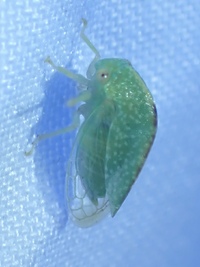 | Photo by: Kelli Ashby
Durham Co.
Comment: At UV light - unid_treehopper | 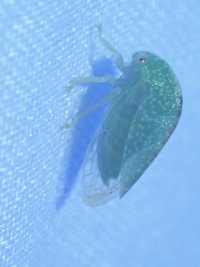 | Photo by: Kelli Ashby
Durham Co.
Comment: At UV light - unid_treehopper |
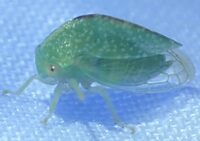 | Photo by: Kelli Ashby
Durham Co.
Comment: At UV light; state record | 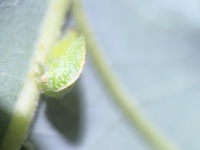 | Photo by: Kelli Ashby
Durham Co.
Comment: Several on under oak leaf |
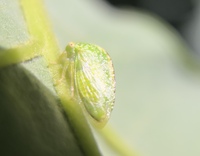 | Photo by: Kelli Ashby
Durham Co.
Comment: Several on under oak leaf | 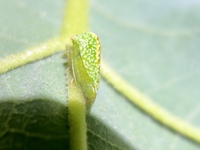 | Photo by: Kelli Ashby
Durham Co.
Comment: Several on under oak leaf |
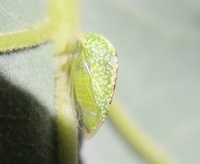 | Photo by: Kelli Ashby
Durham Co.
Comment: Several on under oak leaf | 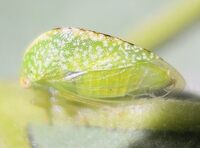 | Photo by: Kelli Ashby
Durham Co.
Comment: Several on under oak leaf |
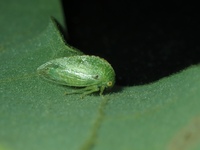 | Photo by: Kelli Ashby
Durham Co.
Comment: Found under small Oak tree | 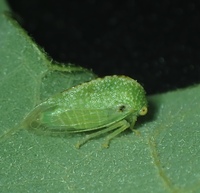 | Photo by: Kelli Ashby
Durham Co.
Comment: Found under small Oak tree |
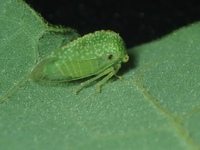 | Photo by: Kelli Ashby
Durham Co.
Comment: Found under small Oak tree | 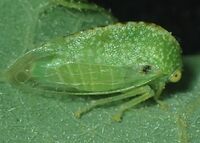 | Photo by: Kelli Ashby
Durham Co.
Comment: Found under small Oak tree |
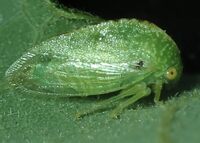 | Photo by: Kelli Ashby
Durham Co.
Comment: Found under small Oak tree |

 »
»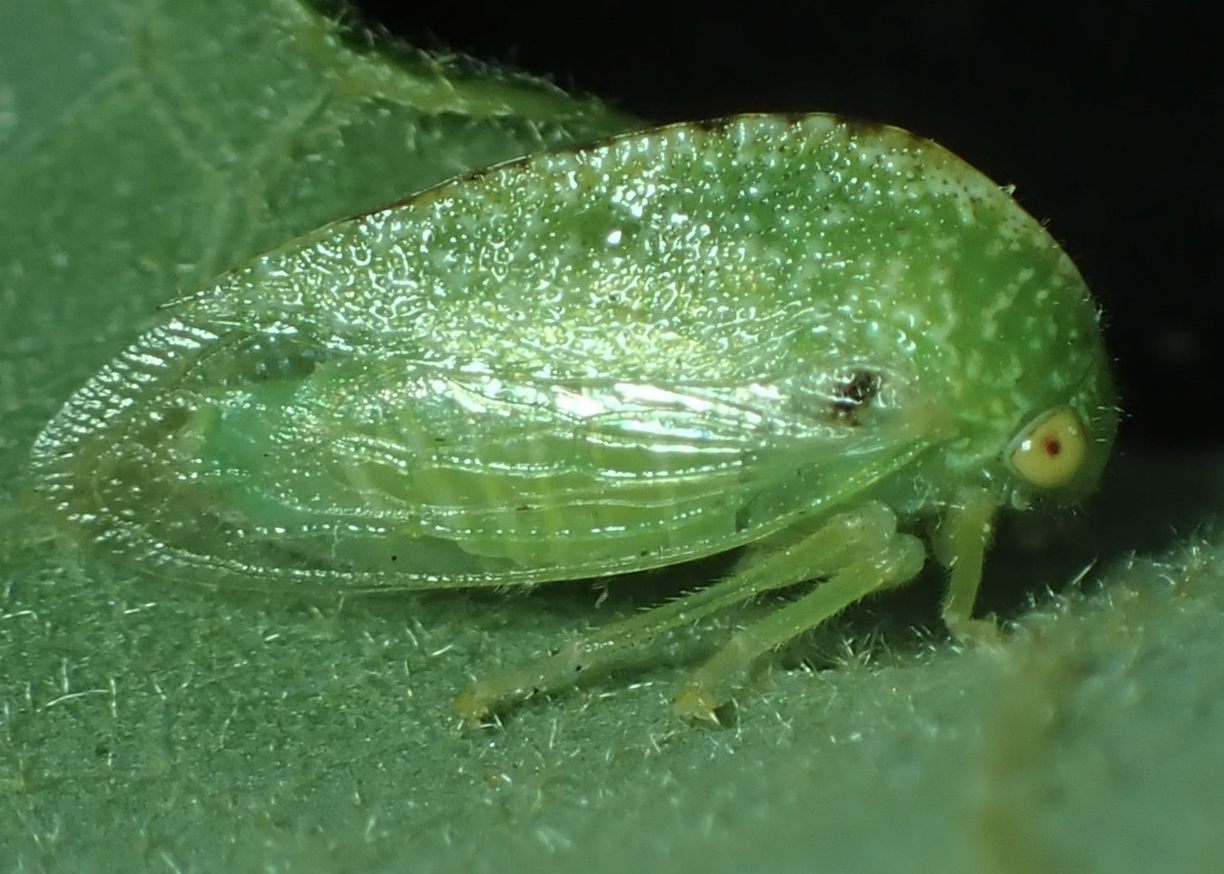
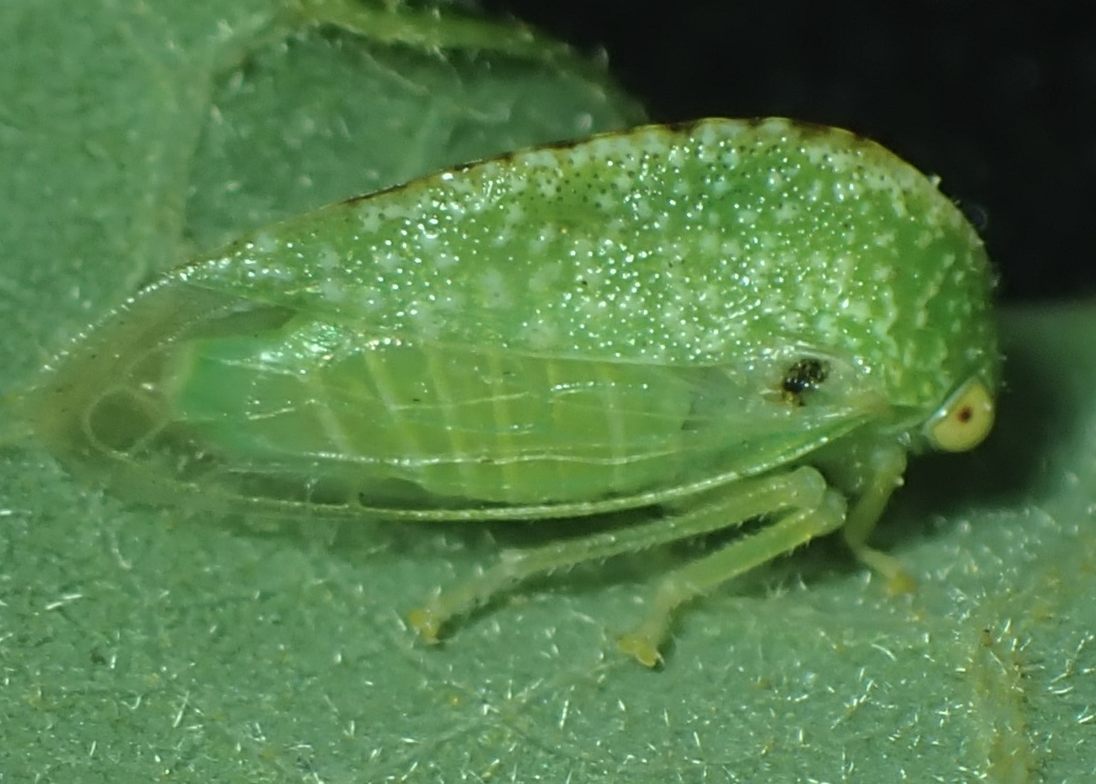
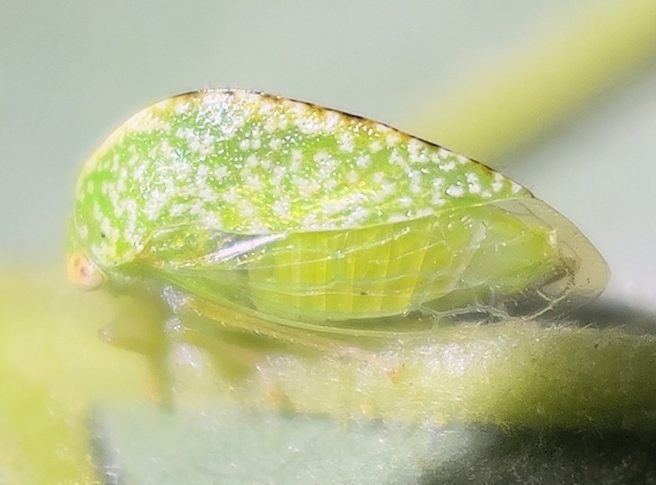
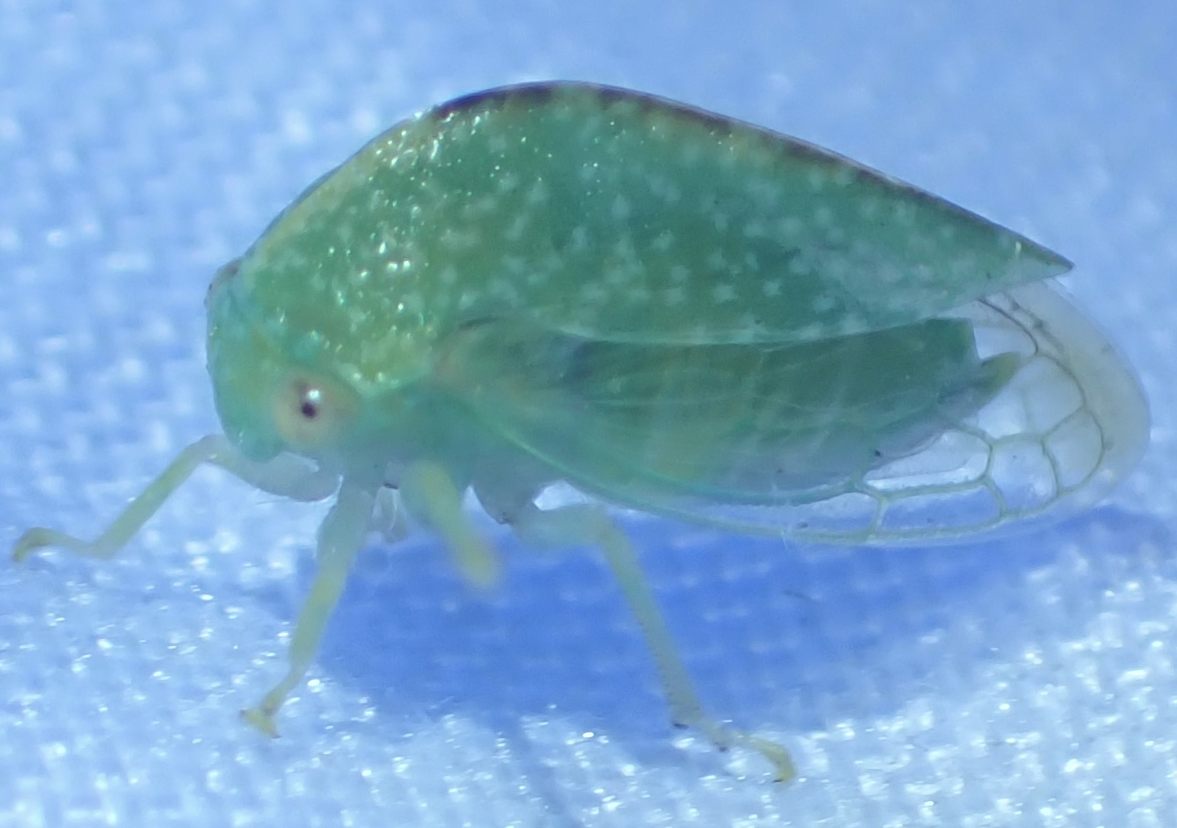

 »
»


